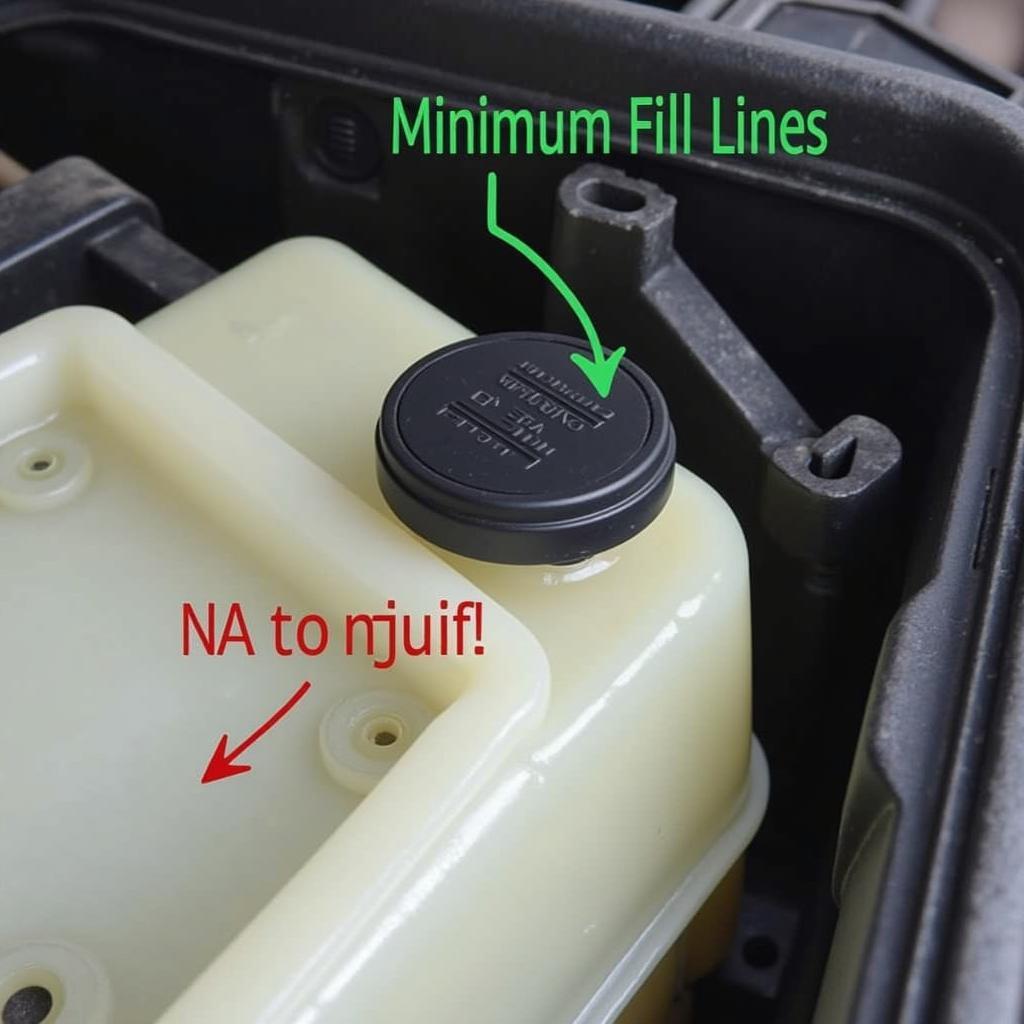Dealing with a malfunctioning anti-theft system can be incredibly frustrating, especially when it prevents you from starting your car. While these systems are crucial for vehicle security, they can sometimes cause unexpected headaches.
Common Reasons for Anti-Theft System Issues
Understanding why your anti-theft system is acting up is the first step to resolving the issue. Here are some common culprits:
- Dead Key Fob Battery: Your key fob’s battery may be depleted, causing the system to not recognize the signal and subsequently lock you out.
- Faulty Key Fob: Beyond a dead battery, the key fob itself might have malfunctioning buttons, damaged circuitry, or other internal issues.
- Weak Car Battery: A weak or dead car battery can disrupt the anti-theft system’s power supply, leading to communication errors.
- Faulty Sensors: Modern cars use various sensors for security. A malfunctioning door lock sensor, hood latch sensor, or ignition switch sensor can trigger the immobilizer.
- Wiring Problems: Corroded, loose, or damaged wiring within the anti-theft system can disrupt communication signals and cause malfunctions.
Recognizing Anti-Theft System Problems
Look out for these telltale signs that indicate your car’s anti-theft system might be the source of your troubles:
- Rapidly Flashing Security Light: One of the most common indicators is a rapidly blinking security light on your dashboard.
- Engine Cranks but Won’t Start: If you can hear the engine cranking but it refuses to start, the immobilizer might be preventing the fuel system or ignition from engaging.
- Key Fob Not Working: An unresponsive key fob, even after replacing the battery, can point to a problem with either the fob itself or the car’s receiver.
- Clicking Sounds: Unusual clicking noises coming from the starter motor or other electrical components when you try to start the car.
- Alarm System Activating Randomly: If your car alarm goes off without any apparent reason, it could signify a fault within the anti-theft system.
 Car dashboard with rapidly flashing security light
Car dashboard with rapidly flashing security light
Essential Tools for Diagnosing Anti-Theft Issues
Before you can address the problem, you’ll need the right diagnostic tools. Some helpful tools include:
- OBD-II Scanner: An OBD-II scanner allows you to read diagnostic trouble codes stored in your car’s computer, pinpointing the root of the issue.
- Digital Multimeter: A multimeter comes in handy for testing battery voltage, continuity in wiring, and sensor functionality.
- Car Wiring Diagram: Referencing your car’s specific wiring diagram helps you trace wires, identify components, and understand the system’s circuitry.
- Replacement Parts: Depending on the diagnosis, you might need a new key fob battery, a replacement key fob, or other relevant components.
 Mechanic using an OBD2 scanner on a car
Mechanic using an OBD2 scanner on a car
How To Troubleshoot and Disable Your Anti-Theft System
While completely disabling an anti-theft system is not recommended due to security reasons, you can often resolve the issue causing the malfunction. Here’s how to troubleshoot:
- Check the Basics: Begin by inspecting the obvious. Ensure the key fob battery is fresh, the car battery is charged, and all doors, the hood, and the trunk are securely closed.
- Try a Spare Key: If you have a spare key fob, try using it to start the car. This helps determine if the problem lies with the original key fob.
- Reset the System: Many car models have a manual reset procedure for the anti-theft system. Refer to your owner’s manual for specific instructions, as the process varies between manufacturers.
- Inspect Fuses: Locate your car’s fuse box (refer to your owner’s manual) and check the fuses related to the anti-theft system and ignition. Replace any blown fuses.
- Scan for Codes: Using an OBD-II scanner, connect to your car’s diagnostic port (usually located under the dashboard) and scan for any stored trouble codes.
- Consult a Professional: If the problem persists after basic troubleshooting, it’s best to consult a qualified automotive locksmith or mechanic specializing in anti-theft systems. They have the expertise and tools for advanced diagnostics and repairs.
FAQs About Car Anti-Theft Systems
Q: Can I bypass my car’s anti-theft system temporarily?
A: While some workarounds might exist for older vehicles, it is generally not advisable to attempt to bypass the system yourself. Tampering with the anti-theft system without proper knowledge can lead to further damage or even legal issues.
Q: My car’s anti-theft system is malfunctioning even after replacing the battery. What should I do?
A: The problem could stem from a faulty key fob, a malfunctioning receiver in the car, or issues with the wiring or immobilizer system. It’s best to consult a qualified automotive locksmith or mechanic for diagnosis and repair.
Q: Can Cardiagtech’s diagnostic tools help me identify anti-theft system problems?
A: Yes, many diagnostic tools offered by CARDIAGTECH are equipped to read and interpret diagnostic trouble codes related to anti-theft systems, helping pinpoint the root cause of malfunctions. You can explore their range of products here to find the one that best suits your needs.
Remember, a properly functioning anti-theft system is essential for your vehicle’s security. While troubleshooting basic issues yourself can sometimes resolve the problem, always defer to qualified professionals for complex repairs or if you’re unsure about any steps.

